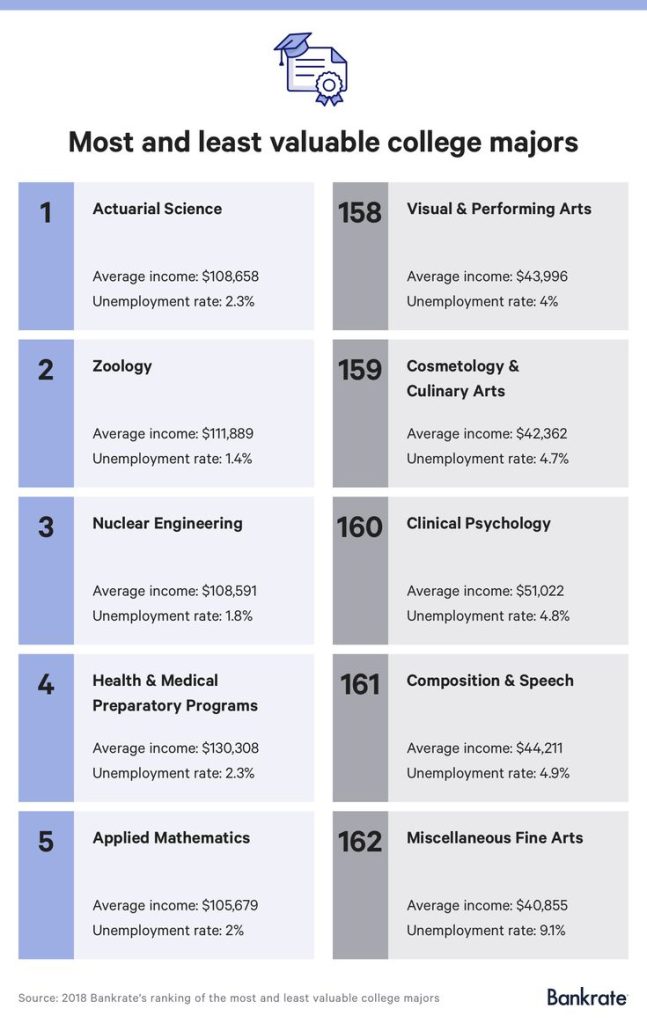The world is becoming increasingly interconnected, and education should reflect this reality. Online international education presents a compelling case for breaking down geographical barriers and expanding access to a diverse range of learning opportunities.
Firstly, it democratizes education by making it accessible to learners who might otherwise be restricted by location, cost, or personal circumstances. Students from remote areas or with disabilities can participate in high-quality programs without leaving their homes. Furthermore, online platforms offer affordable alternatives to expensive traditional programs, especially for students from developing countries.
Secondly, online learning fosters a global community of learners. Students from diverse cultures and backgrounds can connect and collaborate, enriching their learning experience with different perspectives and experiences. This exposure to different cultures and viewpoints prepares them for a globalized workforce and broadens their understanding of the world.
Thirdly, online international education offers a flexible and convenient learning environment. Students can study at their own pace, fitting education around their work, family, and other commitments. This flexibility empowers learners to pursue their academic goals without sacrificing their personal lives.
However, challenges remain. Ensuring equitable access to technology and internet connectivity for all is crucial. Bridging the digital divide will require significant investment and collaboration between governments, institutions, and technology providers. Furthermore, fostering a sense of community and social interaction online requires innovative teaching methods and active engagement from both students and instructors.
Despite these challenges, the case for online international education remains strong. It offers a transformative solution for creating a more inclusive and accessible global learning landscape, equipping learners with the knowledge and skills necessary to thrive in an increasingly interconnected world.











